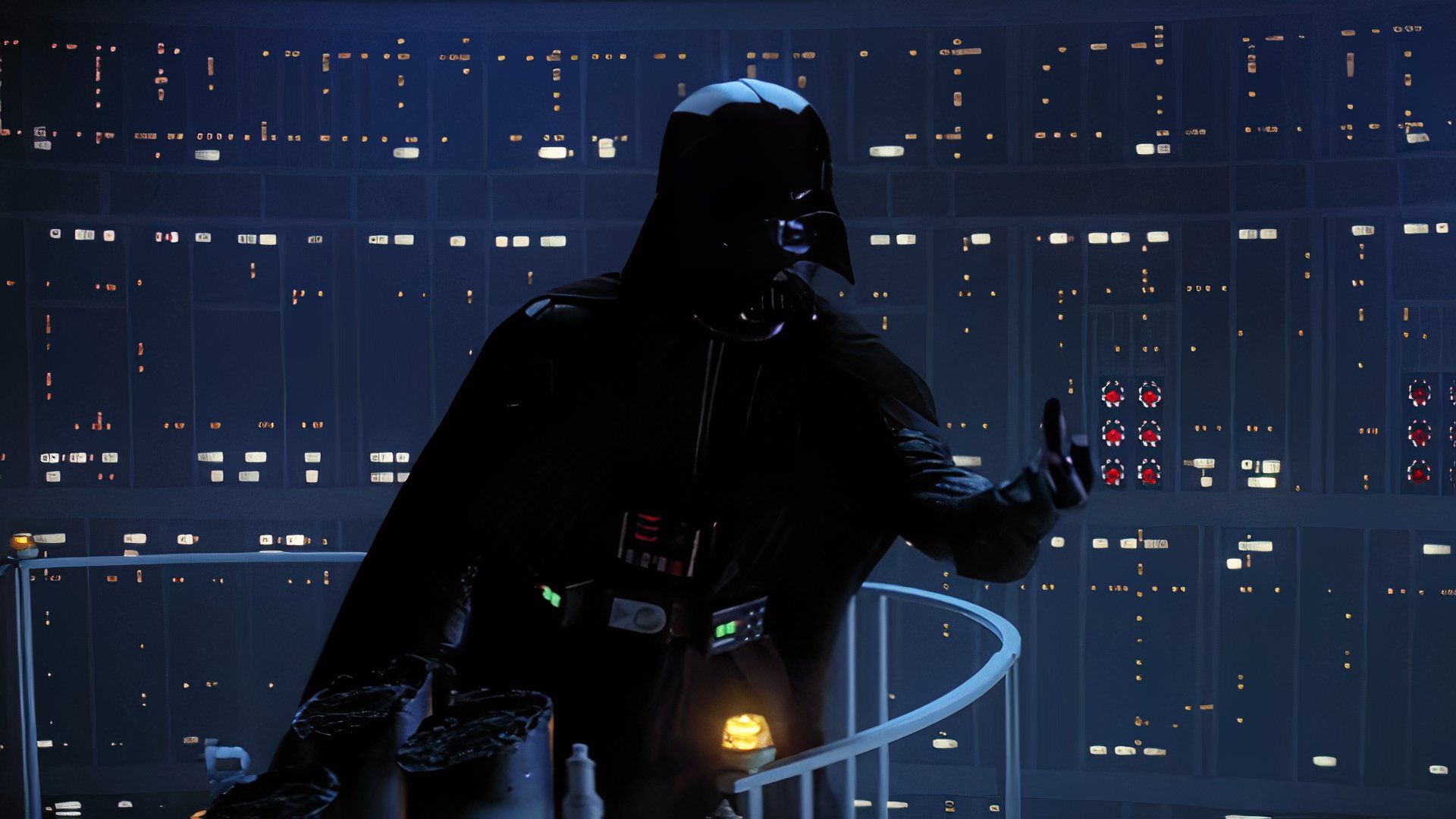Verdict
The Instax Mini 41 retro style feels designed to attract the dads, not just the daughters. Even the washed-out appearance of its credit card sized prints delivers nostalgic fun for fans of Polaroids back in the day. This is a really fun little camera, that’s easy to recommend.
-
Credit card sized Polaroid-like prints delivered in 90 seconds -
Camera dimensions just about squeeze into a jacket pocket -
Far easier to operate than recent alternatives including the Instax Wide Evo -
Reasonably priced, value for money
-
Bulkier than any digital compact camera due to built-in printer -
More basic in terms of features than its exterior suggests -
Automatic firing of flash even in strong sunlight leads to bleached-out detail
Key Features
-
Review Price: £94.99 -
Easy to use
Point and shoot operation thanks to fully automatic exposure, shutter speed and flash -
Shot customisation
Close-up mode with parallax correction to help centre subjects in the frame accessed via lens ring -
Smart design
Steady grip enabled by roughened faceplate, rear thumb panel plus lens surround
Introduction
At one stage, most of Fuji’s Instax range of point-and-shoot instant print cameras resembled pastel-coloured blobs, fun, toy-like devices designed to attract teens and pre-teens who enjoyed sharing credit-card-sized prints or stickers with friends. And with great success.
Now, quickly following its most high-end Instax camera yet in the Instax Wide Evo, the brand has a more affordable, smaller alternative in the Fujifilm Instax Mini 41.
Unlike its more expensive Wide Evo, this isn’t a digital/analogue hybrid camera. There is no screen on the back of the Instax Mini 41, nor any card slot for saving images to removable media.
No, in keeping with its retro design, this camera, which updates the previous ‘40’ model, is decidedly old school and thus immediately familiar as regards operation. Press its shutter release button, a film print tentatively emerges from the top of the device, and its contents are magically revealed in a process taking a total of a minute and a half.
So far, so good. But is there more to the Fujifilm Instax Mini 41 than meets the eye?
Design and Handling
- Selfie mirror incorporated within lens barrel
- Powered up or deactivated via a twist of its lens ring
- Optical viewfinder at rear for shot composition
While the metallic gun-metal grey and black design of the Instax Mini 41 looks more sophisticated and grown-up than most of the entry-level models I have tested, it’s a bit of a sheep in wolf’s clothing. Unlike that of the slightly eccentric Instax Wide Evo, here operation is point-and-shoot simple.
Anyone coming to instant print cameras for the first time won’t be baffled. Like the camera itself, controls are large, chunky and obvious. What isn’t immediately obvious is an on/off switch or button. Instead, activation is achieved with a twist of its 60mm lens ring. It’s a fun and quirky feature that also means it would be near-impossible to accidentally activate the camera just in the process of handling or transporting it.
The same lens ring also includes a close-up setting for capturing objects as close as 30cm. But, as the large, fully automatic flash bulb just above the lens fires even in strong sunshine, attempts at close-ups can look overexposed and bleached of detail.
Unfortunately, there is no way to manually disable the flash to prevent it from firing if it’s not required. And since the camera offers ISO800 light sensitivity, in most daylight outdoor scenarios it shouldn’t be.


On a more positive note, in the absence of any backplate screen, there is an eye level optical viewfinder provided, enabling reasonably accurate framing of shots, thanks to a target spot overlay.
This is accompanied by the selfie mirror at the front, making the framing of images taken at arm’s length by the user an absolute cinch. It obviously makes sense to twist the lens ring to the close-up mode option when taking selfies this near, whereby the camera should automatically make an adjustment of a few millimetres so that any subject is more centred in the shot.
Without any screw thread provided at the base for possible tripod attachment, operation here is handheld all the way. It’s perhaps another reason for the flash constantly firing to prevent any image blur resulting from any hand tremor.
One gripe is the placement of the shutter release button halfway up the faceplate and to the right of the lens. This meant my fingers sometimes accidentally pressed it in the process of merely handling the camera. This meant a sheet of film was needlessly wasted, the fact that there are just 10 sheets to an inserted pack theoretically promoting a more economic, considered way of shooting than a digital camera or smartphone.
Though without much in the way of user adjustable settings, it is a case of point and shoot rather than think before shooting.


As with other Instax in the series, these film sheets are loaded at the back, and there’s a helpful indicator window provided near the base which shows the number of shots remaining.
This is useful if I were to pick the camera up afresh, having not used it for a while and am unable to remember whether I had exhausted the previously inserted pack or not. Prints are ejected with the reverse / blank side facing forward.


Features
- 60mm lens with focus range of 0.3 metres to infinity
- Battery life via 2x AAs sufficient to generate approximately 100 prints
- Instax Mini film packs sold separately
As indicated, controls and features on the Fujifilm Instax Mini 41 are few and, partly because of this, it’s intuitive to operate.
I was able to pick this camera up, and without any need to search out a manual online, start twisting the lens and pressing the shutter release, with prints generated automatically. There is a rudimentary printed quick start guide provided out of the box for anyone needing initial direction, however it’s just a few pages long detailing how to load or unload a film pack and take a selfie.
Power for the camera comes courtesy of two AA batteries, inserted under a plastic cover at the side of the unit, just beneath the lug for attaching the wrist strap. An alternative lug is also provided on the opposite side, catering to both the left and right-handed.
Inevitably when i placed an eye to the provided optical viewfinder, my nose pushed up against the back of the device, leaving an eventual greasy smear on the unit, probably better disguised on an Instax that isn’t black.
It would be a help in this regard if the optical finder stood slightly proud of the unit, but that would, of course, make it less compact than it already is.


It’s safe to say the Instax Mini 41 is a refinement of the aesthetic of its ‘40’ predecessor, with its tactile surfaces aiding grip, rather than a complete overhaul.
Image Quality
- Small 86x54mm prints with an actual image area of just 62x46mm
- 10 sheets in the regular film pack, loaded simultaneously
- 90 second development time, approximately, for each print
As with other instant print cameras, part of the appeal of using the Instax Mini 41 is the delayed gratification.
Image quality wise, any of the best cheap phones or point and shoot digital camera can do far better. But that’s not really the point.


The appeal here is the low-fi nature of slightly washed out looking instant prints, just as it is with film cameras from the Lomography brand, with their cheap plastic lenses and components delivering a primitive, Instagram-friendly look that we can only come close to imitating in the pristine digital age with the use of filters and apps.


The limitations of the instant print film format are better disguised the smaller the print, as with the business/credit card size images output here. And anyone buying this camera/printer combo at the price it is, will do so in the knowledge that they can’t expect gallery quality output.
It’s a shame the user can’t switch off the flash; the fact that it illuminates subjects up to 2.2 metres away indicates how powerful it potentially is. But the bleached look to images maintains a retro, Polaroid-like vibe, for sure.
Should you buy it?
If you’re excited by the idea of credit card sized instant prints, but less keen on a camera that looks like a toy
The classic aesthetic here should appeal to more traditional photographers who have previously held off investigating the Instax range as it looked suited just to pre-teens and TikTok-ers. The latter may also, however, find much to enjoy here as minimal user effort is required. The price also feels very reasonable.
if you’d like to exercise control over the output beyond merely pointing and shooting
If you want a svelte pocket camera, one to which a tripod can be attached, or would like larger prints than the credit card shaped examples output here then this isn’t for you.
Final Thoughts
The Instax Mini 41 follows its ‘40’ predecessor by continuing to evolve Fujifilm’s Instax range with cameras that resemble increasingly sophisticated tools, not just pastel-coloured blobs.
In fact, this latest upright example subtly recalls Fuji’s cigarette box-shaped FinePix digital cameras from 25 years ago, although this iteration is completely analogue. Its retro style feels designed to attract the dads, not just the daughters.
Even the washed-out appearance of its credit card sized prints delivers nostalgic fun for fans of Polaroids back in the day.
How we test
We test every camera we review thoroughly. We use set tests to compare features properly and we use it as our main device over the review period. We’ll always tell you what we find and we never, ever, accept money to review a product.
- Used the camera for a week
- Experimented with the regular and Close-Up modes
- Tested the camera in low-light settings
Test Data
Full Specs
| Fujifilm Instax Mini 41 Review | |
|---|---|
| Manufacturer | Fujifilm |
| IP rating | No |
| Size (Dimensions) | x x INCHES |
| Weight | 345 G |
| ASIN | B0F2V7RKXH |
| Release Date | 2025 |
| First Reviewed Date | 09/06/2025 |
| Autofocus | Yes |









.jpg)


